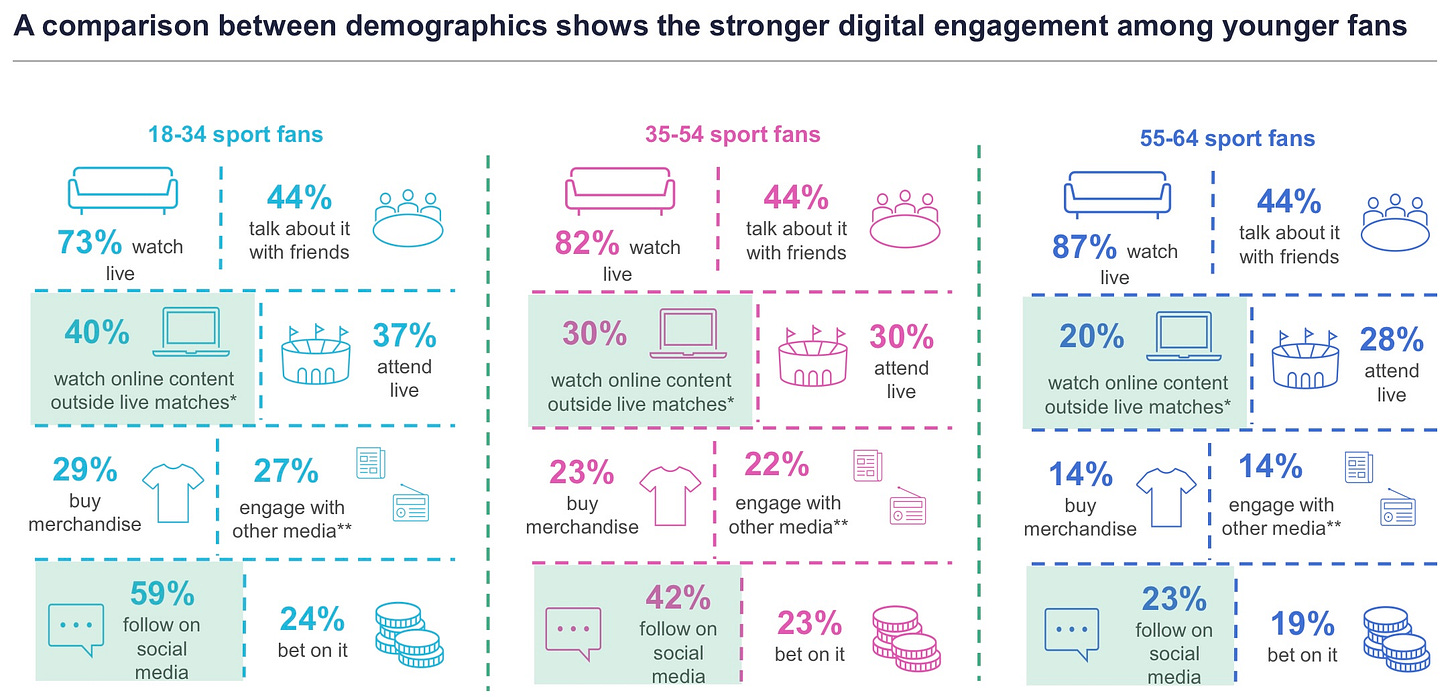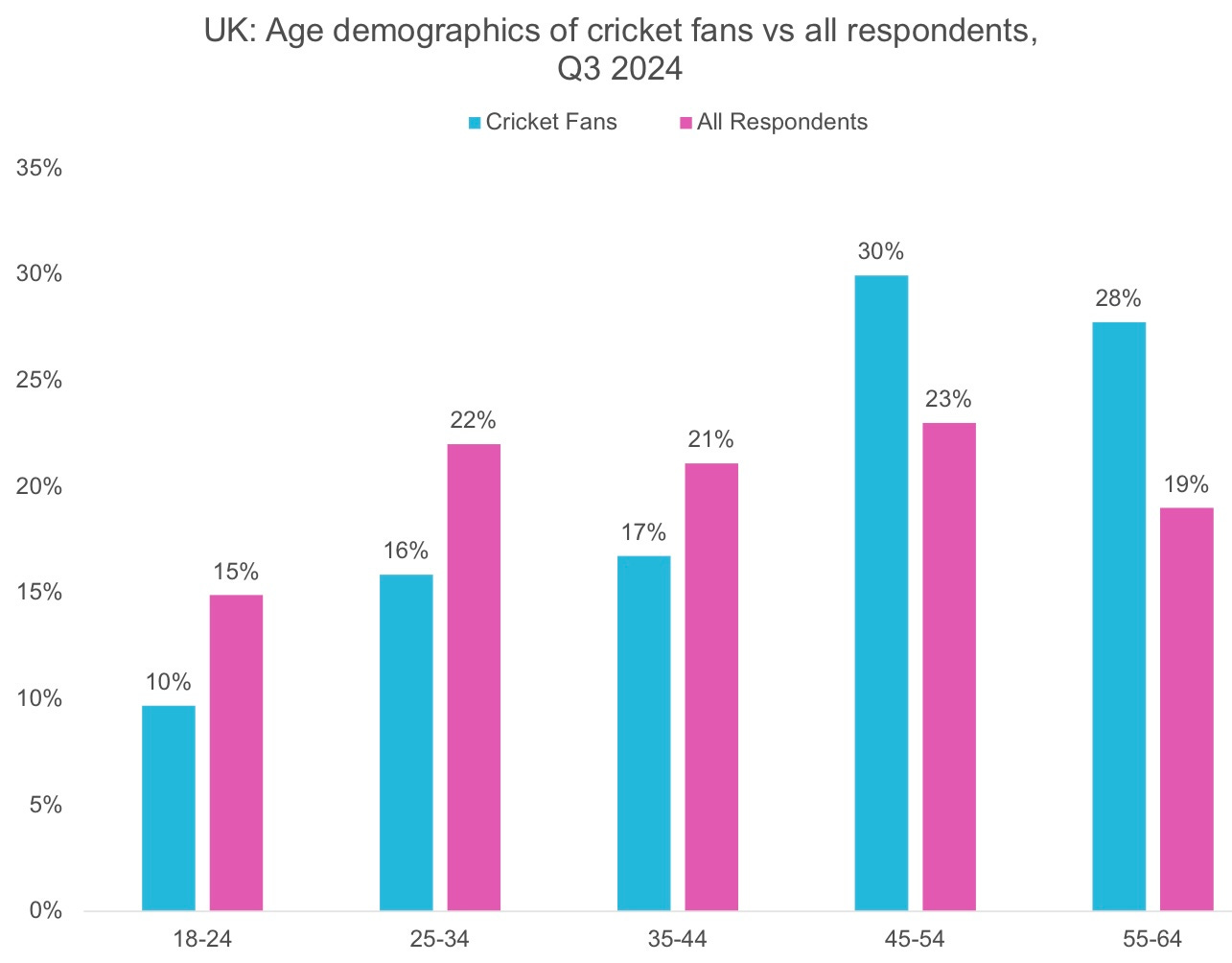Michael Johnson’s decision to scrap the last of his four Grand Slam Track events will have pained the wannabe disruptor who has been a persistent critic of the track & field establishment. It will be no comfort to the former superstar to learn that a new study of British broadcast trends shows increased viewing of athletics among the much-coveted 18-34 year-old cohort.
We are told that a tweaked Grand Slam Track may yet re-emerge in 2026. A radical overhaul is what it requires, and even then there is no guarantee that it will cut through with a sporting public overwhelmed by choice. Full marks for ambition; few for execution.
Call it foray, or folly; Johnson’s faltering project stands as a stark reminder of the deep pockets required to carve a niche for a new event in a saturated sports market dominated by powerful incumbents with history and heritage on their side. If LIV Golf eventually folds (as surely in time it will, albeit with some face-saving consolation prize from the PGA), the limits of unlimited money will truly be laid bare.
“We could not be more excited about what we have accomplished so far, delivering amazing races to a rabid fan base.” Michael Johnson after cancelling the fourth Grand Slam Track, which the Independent reported would have lost $2 million
Grand Slam Track and LIV are just two of a host of competitions designed to appeal to younger audiences - even if ironically the golfing venture has tended to attract older competitors to the tee. Whether simply observing young family members, or consuming hefty data analyses, sports insiders obsess over the consumption habits of the newer generations. Events - their format, presentation, broadcast and promotion - are shaped accordingly.
The perceived wisdom is that the younger the fan, the more they value brevity, connectivity, community and celebrity. Not only in sport but in all entertainment forms. So competition becomes shorter, highlights clips are instantly available, celebrities are prominent in the stands and social media blurs the distinction between these starry spectators and the stars on the field of play.
Next time you watch broadcast sport, see how many of these boxes are ticked. FIFA clearly hasn’t got the message with its new Club World Cup, which already appears interminable even though it has just begun. The Hundred is short of star dust for its truncated format, but striving valiantly on social media. Wincingly, we are told the rebranded Prem Rugby will be all about the collisions, when us old-schoolers thrill more at their evasion.
The study that will cheer athletics promoters was commissioned by media regulator Ofcom and prepared by consultants Ampere Analysis. It reinforces the current wisdom about differing online and TV viewing habits across generations of sports fans. The Times led its coverage of the report with the drop in popularity for tennis and rugby among young adults. More positively, their Olympics fandom has jumped in the past five years, so too their eyeballs on the leading American sports.
Unsurprisingly, over a quarter of 18-34 year-olds watch football, more than double any other sport, this in spite of most matches being behind a TV paywall. By contrast, cricket’s lack of free-to-air coverage is cited as a reason for its ageing fanbase - hence creation of The Hundred with matches on the BBC.
Overall, sport’s fanbase is growing - by around 10% over five years (among internet users) - and it is winning the battle for viewers on so-called linear TV. It has grown its total share of viewing in this form from 7.1% to 12.4% since 2019. This is a two-edged success, though, as streaming, on-demand programming captures an ever-growing share of viewer hours. Sport wins on linear TV primarily because most fans feel the obvious need to watch in real time. Not so Clarkson’s Farm or The Last of Us.
The proliferation of media product, coupled with the growth in streaming services, has choked off sport’s ability to grow broadcast revenues. Ampere Analysis calculates that have stalled in recent years at around £3.4 billion a year in the UK, of which football accounts for 71%.
The promoters of new sporting events need to accept that they will find themselves in a swelling crowd fighting over a pot of cash that is shrinking in real terms. Incumbents have an obvious advantage in this scrap, whether repackaging their heritage products for younger fans or sating the appetites of committed, older followers.
You can find a link to the Ampere Analysis study on the Ofcom website here
When the levee breaks
Curiously, the study for Ofcom does not include horse racing among the list of sports analysed, even though the Grand National and The Derby are both on the list of protected major events that currently have to be broadcast free to the public.
Last week’s Sport inc. flagged shrinking crowds at flat racing’s flagship race and argued that organisers are failing to lock in younger fans. A few days ago a group of MPs published a paper, funded by the racing industry, urging the government to protect a sport it claims employs 85,000 people. That’s 1:400 of the UK’s overall working population - a statistic I’m finding it hard to believe, but such is often the way of lobbying. Surely nowhere near as many as 85,000 full time equivalents?
The thrust of the politicians’ argument is that changes to betting taxes, currently under review, could drive companies and their punters away from racing to other forms of gambling - and bolster the black market. The earlier graphic reveals young adults to be more inclined to bet on sport than older fans. But if they are not watching it, they won’t be gambling on it.
I suggest racing’s problem with young audiences isn’t the size of the betting levy but its product’s format, presentation and promotion.
The MPs’ appeal to government can be found here
Call me by my name
The full fixture list for next year’s ICC Women’s T20 World Cup was announced yesterday. Meantime a personalised marketing leaflet arrives in the post from The Oval. I wasn’t even aware I was on its mailing list. I’m invited to buy tickets to watch an England v India T20 on the evening of 4th July.
Nowhere is it mentioned that this is a women’s international. Even the gender of the England batter photographed is unclear. Dumb marketing in my book. Tickets must be shifting slowly, otherwise why else has an unsolicited mail shot been deployed? No shame in that. But why hide the full identity of the competing teams when, from my experience watching women’s international cricket at The Oval, this should surely be the emphatic focus of the marketing campaign?
Everything’s bigger
In the comments below a piece on the sparse crowd at Chelsea’s opening match in the Club World Cup was one from an Atlanta local. Forget the 3pm Monday kick-off and the high ticket prices (hastily slashed), the $100 to park was the final straw for this potential spectator. Maybe that’s where Gianni Infantino has got it wrong…







